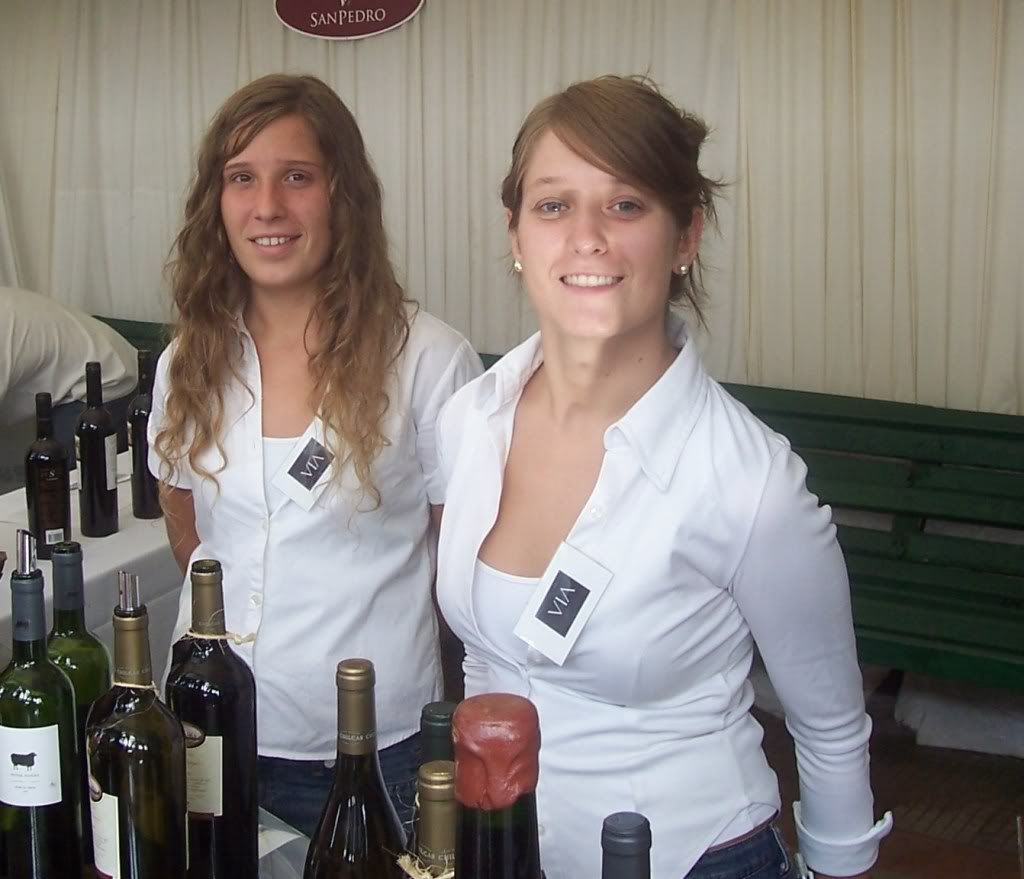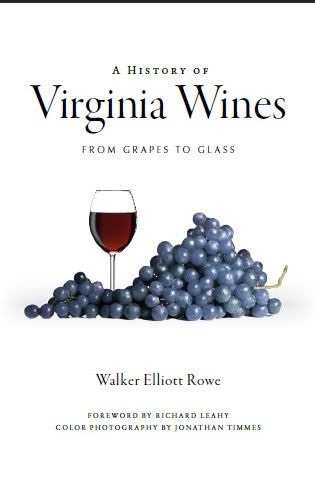A few weeks ago my son asked me to help him with his high school algebra. The time could not be better for I had recently begun to study again the calculus text that I waded through in college. (When winter rolls around and farming slows down in the vineyard I need something else to pour my energy into so I study.) Still I was not able to explain to him—to my satisfaction—how to use Newton’s iterative method for approximating square roots. Newton’s theory is based upon a series that converges i.e. a sum ∑ that sums to some number.
It was with this puzzle in mind that I went to Borders bookstore as I do practically ever Wednesday with my children. There I went looking for something written by David Foster Wallace. I had just read in The New York Times that this genius, who was characterized as the most important writer of my age group, had died.
So I picked up Mr. Wallace’s book on mathematics called “A Brief History of ∞”. It is a fascinating read. With his vast knowledge of ancient philosophy, Greek, an of course mathematics he walks the reader through the theories of Pythagoras, Zeon, and Euclid. He writes that it totally upended the well-ordered world of the followers of Pythagoras when they found that not all numbers could be expressed as a ratio of two integers the most famous of these of course being the length of the hypotenuse in an right triangle whose measurement could be calculated by the Pythagorean theorem. Peering into the boundless world of mathematics was too much for some people as the boundary between genius and madness is slight. Mr. Wallace writes that some of these scholars lost their minds and went insane. After he wrote that David Foster Wallace lost his own mind then hanged himself. Reading that I needed to go back outside and work on the goat farm before I too became unhinged.
Yesterday I took delivery of 20 cubic yards of grape skins from D & M container company. They haul away the grape skins at The Winery at LaGrange and Pearmund cellars after the wineries are done pressing them into juice. I had the truck drop this next to the dump truck load of sawdust that I got from Ramoneda Brothers, a local company that cuts oak trees into staves used to make wine barrels. I plan to use these two steaming mountains of raw material to make compost. Compost is humus or carbon in its most basic form which I will use to apply to my pastures to boost the organic material in the soil. The grape skins are steaming now because fungus, yeast, bacteria are doing the work of breaking this down to compost--as they do so it generates heat. The sawdust is not steaming anymore but if you plunge your hand into the middle of it the temperature is well above 150 degrees and steam gushes forth and the air fills with the smell of ammonia letting you know it is still breaking down. You are supposed to let it keep decomposing until the smell of ammonia is gone. At this point the compost can decay no more and it will smell like earth, dirt, potting soil.
I will use the sawdust on my existing pastures. The grape skins are for the new pastures and for spring application to the others. Last year I bought a bulldozer and used it to clear away 6 acres of ragged forest. I say it is “ragged” because there was no merchantable timber there—a logger working on my farm this year completely passed it over. I wanted to expand the 5 acres of pasture I had to 11 to provide more room to plant more forage for my goat herd.
The pastures that I currently have were used for many years to produce hay and I am still producing hay there for my animals and for my neighbor's cows. Each year the grass that grew there is hauled away thus taking with it all of the nitrogen, phosphorous, potassium, and trace materials that were taken up by the plant. Since I had not been adding fertilizer to the soil the soils were severely depleted. So this year as I started to contemplate how to turn those 6 acres of forest into pasture I started looking at how to improve the health of the soil of the overall farm.
I started where you are supposed to start and that is with a soil report. The PH of the soils in my pasture was 7 which is fine since I had been putting on lots of lime. But the PH in the new pasture which had been woods was 4.8. I scarcely has 4 pounds per acre of usable phosphorous and not much potash at all. I broadcast some buckwheat seed after I finished cleaning the trees off the new pasture but it would not grow in soil that was 100 times as acidic as the existing pastures. So I called the farmers cooperative who came out and spread 2 tons of lime per acre with their truckers and then waited for cool weather to seed grass.
When the weather cooled I used a land rake to smooth out the soil and then broadcast 3 bags of MaxQ fescue grass seed along with 150 pounds of MAP (10-52-0) monoammonium phosphate which is phosphorous with a little nitrogen. I wanted to put down rock phosphate too but I had already spent too much money so put that into the budget for next year.
Then I went over to Farfelu Vineyard to see about buying their manure spreader. A manure slinger spreader is a wagon with a chain that is pulled along as the tractor pulls the spreader. The chains push the manure or compost onto sprockets which then fling the compose up and out in an even shower of fertilizer. It’s a costly machine, $3,600 new, but I bought theirs used for $2,500. Fareflu had been one of the very first wineries in Virginia but had recently gone out of business finding no buyer for their operation and no winery interested in their crops of baco noir and other old fashioned grape varieties.
My new pasture planted with fescue, the next project at the goat farm was to build an electric fence to keep in my does and buy a new buck to grow the herd. A goat fence—any goat farmer will tell you---is only a rough approximation of where the goats might be at any given time. My goats for the most part had become tame and had gotten used to roaming around my farm. They were happy climbing on top of my pickup truck, sleeping under the tractor, and following my great Pyrenees guard dog around the farm and on occasion off the farm. If it were not for the dog suffering from wanderlust I could have let the goats roam indefinitely on my 65 acres since they stayed on the property. I soon grew weary of having my neighbors call the animal control officer who in turn would call me and show up with his flashing blue lights to help me shepherd the herd back onto my property. I was particularly annoyed that Mrs. Coughlin, who owns the farm next to me, didn’t just call me because everyone in the neighborhood, including her, knew who owned the goats. So I finally decided to fence them in.
Goats, given a choice, prefer to eat tree leaves and vines than graze grass. They will stand on their hind legs and nibble leaves. This is why goats are used to clear brush. Leave enough of them in a small area and what had been jungle will soon look like a city park except of course the leaves they cannot reach will still be hanging. It makes the woods look like you cleared them out with a landscaping service that only employees midgets. But if I was to grow my herd to 40 or 50 animals I needed to fence them in especially since I wanted to practice rotational grazing techniques meaning move them from paddock to paddock as different varieties of forage were ready to be grazed or grasses at different stages of growth. That is the best way to improve the health of the farm and the animals at the same time and the practice followed by the best of the grass fed farmers, especially those calling themselves "organic".
So I strung electric wire around 2 acres of land which I had cleared with the dozer. Half of it was cleared well enough where I could plant winter rye, Austrian peas, rape seed, triticale, and turnips which would grow into the looming cold weather. But the other half was a tangle of trees which I had pushed over with the dozer which broke down for the last time before I finished the job. So I left that side to the goats to clear out and got rid of the dozer.
Winter rye is for me a green colored cure for the misery of winter. In the winter the ground and the sky take on the same grey colored hue when the sky is cloudy. This misery can last for a few weeks and one can understand why people in places like Finland, Toledo, Siberia either drink heavily in the darkened days of winter or sun themselves under sunlamps. A better cure might be to plant something that stays green for much of the year. In Finland I think they grow pot indoors to provide some color. In Virginia I wanted to grow winter rye especially as the police here in Virginia frown on growing marijuana.
In Virginia fescue goes dormant when the north wind turns icy. It does not turn green again until 4 months later. But winter rye as the name implies grows later in the year and comes out of dormancy earlier. So it’s bright green in December which is a cheery hue compares with the monochrome of the rest of the landscape.
My new pasture is now green with 4 acres of young fescue growth and I have 2 acres of winter cover crops growing. The goats after much effort have learned for the most part to respect the electric fence while the goat dog still goes in and out as she pleases. The next activity for me after I pick up my new buck next week will be in April when I use the rotavator plow to till in the cover crops and plant summer annual perl millet. I see so many goat farmers feeding their animals grain and buying expensive hay. Rotational grazing and planting the highest quality forage is the way I plan to build up my herd and goat business.









1 comment:
Hi Walker - composting on the scale you are doing using what's left of the grape pressing and saw dust is simply wonderful. I love that steaming picture of the compost pile. I am surprised the wineries would not try to use the spent grapes for their own composting program... but oh well...
Also love to read about the goats and their peculiarities.
Sylvie
http://www.LaughingDuckGardens.com/ldblog.php
Post a Comment